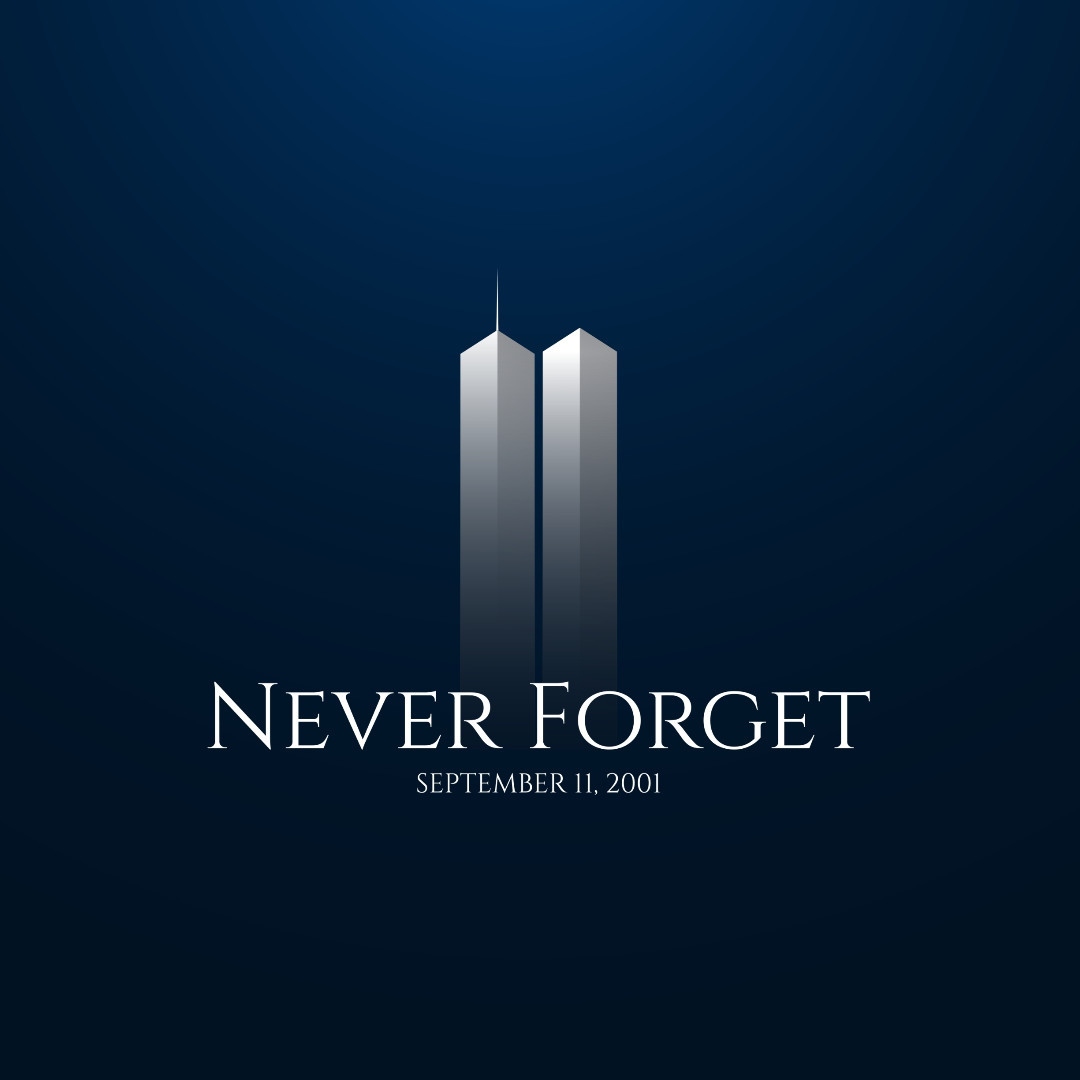Back to Basics is a weekly feature that highlights important but possibly overlooked information that any EHS professional should know…
Bloodborne pathogens (BBPs), the infectious microorganisms in human blood and other bodily fluids known as “other potentially infectious materials,” can cause diseases that include hepatitis B (HBV), hepatitis C (HCV), and human immunodeficiency virus (HIV).
Of course, healthcare workers face the greatest risks from BBPs. The Centers for Disease Control and Prevention (CDC) estimates that 5.6 million workers in the healthcare industry and related occupations are at risk of occupational exposure to BBPs.
But, did you know that the accommodation industry is the second most frequently cited industry under the Occupational Safety and Health Administration’s (OSHA) BBP standard?
“Safer needles” with sharps protection are essential not only in hospitals and physicians’ offices but also in retail pharmacies offering vaccination services.
BBP hazards can also show up in unexpected places like the tagging guns used to attach price tags to clothing.
The National Institute for Occupational Safety and Health (NIOSH) recently released an analysis showing that 84 percent of sharps injuries occur among healthcare workers. Healthcare workers had an injury rate of 16.7 per 10,000 full-time employees (FTE)—a rate more than 6 times the rate for all workers of 2.7 per 10,000 FTE.
NIOSH emphasized the need for standardized education on preventing sharps injuries for all workers who are at risk.
Workplace violence may be healthcare workers’ scariest occupational hazard, especially in acute psychiatric care and addiction treatment facilities, where patients sometimes grab, kick, punch, push, and trip workers. However, the risks of contracting hepatitis or HIV from BBPs are also real.
For example, OSHA cited a psychiatric treatment hospital in Colorado for failing to protect employees from workplace violence but also cited the facility for repeat violations of the BBP standard. The hospital failed to annually review and update its exposure control plan and consider adopting commercially available safer devices, as well as failed to locate sharps disposal containers near sites where lancets, syringes, and other devices are used in patient care.
While NIOSH researchers acknowledged that sharps injuries are a concern specific to healthcare workers, they found that sharps injuries also occur among workers in other industries. NIOSH researchers found that after health care, sharps injuries occur most often in four other industries:
- Justice, public order, and safety;
- Traveler accommodation;
- Colleges, universities, and professional schools, such as junior colleges; and
- Pharmacies and drug stores.
Following recent OSHA inspection and citations, drug store chain Rite Aid agreed to implement a program to protect employees against BBP hazards, including front-end customer service staff, at approximately 370 New Jersey and New York stores to settle the agency’s citations. The agency cited the pharmacy chain after a retail employee at a Rite Aid location in Niagara Falls was instructed to clean up spilled blood in February 2022 following a customer injury.
During its investigation, OSHA learned the employee hadn’t been offered a hepatitis B vaccine before or after the incident and that Rite Aid lacked an appropriate exposure control plan.
Under a stipulated settlement between OSHA and Rite Aid, the drug store chain agreed to several worker protections, including the following:
- Develop and implement an exposure control plan with safety precautions for retail employees who may be required to clean up or otherwise handle blood or other potentially infectious materials.
- Offer a hepatitis B vaccination series at no cost to all retail employees who may be required to clean up or otherwise handle or be exposed to blood or potentially infectious materials.
- Have store managers and third-party consultants monitor stores for compliance with the agreement’s requirements and report back to OSHA about compliance.
OSHA’s BBP standard was the fourth most frequently cited standard in pharmacies and drug stores in fiscal year (FY) 2022. While ambulatory healthcare services, nursing and residential care facilities, and hospitals are the standard’s top, third, and fourth most cited industries, the second most cited industry is accommodation.
OSHA’s BBP standard
The BBP standard’s requirements include exposure control plans, training, hepatitis B vaccination in the event of exposure, and other safeguards like engineering controls to prevent needlesticks and other sharps injuries. The standard protects workers who can reasonably be anticipated to come into contact with blood or other potentially infectious materials as part of their job duties.
In 1986, unions representing healthcare employees petitioned OSHA to develop an emergency temporary standard (ETS) to protect employees from occupational exposure to bloodborne diseases. The agency published a proposed rule in 1989, issuing a final rule in 1991 that established the BBP standard.
In 2000, Congress passed the Needlestick Safety and Prevention Act, directing OSHA to revise the standard to include several new provisions that included:
- Definitions of engineering controls;
- Exposure control plan requirements to incorporate technology to eliminate or reduce exposure to BBPs;
- Requirements that employers annually document consideration of exposure control plans and implementation of safer medical devices;
- Requirements that employers solicit input from nonmanagerial employees responsible for direct patient care in the identification, evaluation, and selection of engineering and work practice controls and document employee input in the exposure control plan; and
- A requirement to maintain a log of percutaneous injuries from contaminated sharps.
Since the agency’s 2001 revisions, the BBP standard has required the use of engineering controls such as safer needle devices with sharps injury prevention, work practices, and personal protective equipment (PPE), if necessary, to prevent exposures to needlesticks and BBPs.
According to OSHA, best practices for preventing sharps and needlestick injuries include:
- Planning safe handling and disposal before beginning any procedure.
- Using safe and effective needle alternatives when available.
- Using needles with engineered sharps injury protection (SESIPs).
- Always activating the device’s safety features.
- Not passing used sharps between workers.
- Not breaking, recapping, or shearing contaminated needles.
- Immediately disposing of contaminated needles in properly secured, puncture-resistant, closable, leakproof, labeled sharps containers. Research shows that as many as one-third of all sharps injuries occur during disposal.
- Completing BBP training.
Work practices in the standard include housekeeping requirements to decontaminate equipment and surfaces that have come into contact with blood or other potentially infectious materials. Labeled sharps containers must be closed before removal or replacement to prevent any spillage or protrusion. If leaks or spillage is possible, sharps containers must be placed inside a second container to prevent any leakage.
Regulated waste must be placed in containers that are:
- Closable;
- Constructed to contain all contents and prevent leakage of fluids during handling, shipping, storage, or transport;
- Labeled or color-coded in accordance with requirements of the standard; and
- Closed before removal to prevent spillage or protrusion of contents during handling, shipping, storage, or transport.
Contaminated laundry must be placed in color-coded, labeled bags. The CDC has infection control guidelines for laundering clothing, fabrics, and textiles.
OSHA enforcement
After OSHA revised the standard in 2001 to incorporate changes mandated by the Needlestick Safety and Prevention Act, the agency updated its BBP enforcement policy (CPL 02-02-069). Inspections for BBP compliance include a review of exposure control plans and employee interviews to assess compliance with the standard.
During an opening conference or early in the inspection of a healthcare facility, an agency compliance safety and health officer (CSHO) will meet with the facility administrator, as well as the directors for employee education and training, employee occupational health, housekeeping, and infection control.
The CSHO will review the facility’s sharps injury log and any reports of exposure incidents. Where healthcare facilities have more than one employer, OSHA’s multiemployer citation policy (CPL 02-00-124) applies.
OSHA’s BBP standard is one of three standards the agency enforces for cabin crew members on aircraft in operation, along with the hazard communication and occupational noise exposure standards. In 1975, the Federal Aviation Administration (FAA) reiterated its responsibility for safety on all civil aircraft operations, including the health and safety of flight crew members. But, in a 2014 memorandum of understanding (MOU), the FAA accepted OSHA’s enforcement of the BBP, hazard communication, and noise standards.
Shared tagging guns
The BBP standard applies in any industry where occupational exposures to blood and other potentially infectious materials can be reasonably anticipated, and that includes garment workers who may be stuck by tag attachment guns shared among workers.
A needlestick with a contaminated needle can occur when a worker accidentally punctures their skin with the needle of a tagging gun and another worker using the same gun, with the same needle, sustains the same kind of injury.
The California Division of Occupational Safety and Health (Cal/OSHA) reminded garment production and processing facilities where tagging guns are regularly used that employers must follow the state’s BBP standard. Cal/OSHA stated that applicability of the standard in retail clothing stores depends on individual circumstances in the workplace.
The agency suggested that one way to control exposures is by assigning employees their own tagging guns and implementing and enforcing a policy forbidding employees from using any tagging gun other than the one assigned to them.
The California Department of Public Health (CDPH) also suggested assigning individual tagging guns to workers that are labeled with each worker’s name. Other precautions the CDPH suggested employers take include the following:
- Providing a locker or another secure space for workers to store their tagging guns when not using them,
- Providing an appropriate biohazard waste container for disposal of used needles,
- Instructing workers to report needlestick injuries to their supervisor,
- Providing worker training in the safe use of tagging guns,
- Providing worker training about BBPs,
- Becoming familiar with the Cal/OSHA BBP standard, and
- Having an injury and illness prevention program (IIPP).
There are two categories of workplaces covered by California’s BBP standard, according to Cal/OSHA: facilities and operations such as hospitals and other healthcare facilities that involve occupational exposure by virtue of the intrinsic nature of work performed and workplaces where activities or tasks put workers in contact with blood or other potentially infectious materials. These include laundry facilities and lodging establishments.
However, California’s BBP standard also applies across industries whenever an employee is designated to render first aid.
Federal and state BBP regulations apply whenever there’s a reasonable expectation that workers will come into contact with blood or other materials (bodily fluids) that pose an infection risk. Are your workers at risk? Are you prepared to comply with the BBP standard?
This post, Back to Basics: HIV, Hepatitis B and C, and Bloodborne Pathogens, was first published by EHS Daily Advisor in October 2023.











